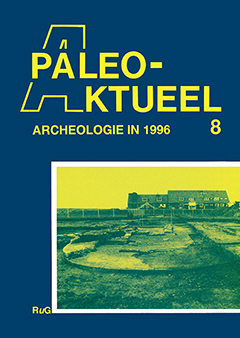MINOÏSCH KRETA EN DE UITBARSTING VAN SANTORINI
Samenvatting
In order to extend our scanty knowledge of the vegetation history of the island of Crete, especially in connection with Minoan archaeology and any impact of the Santorini eruption, a series of corings have been taken all over the island. Up till now only one of them seems to be successful, a core from the valley of the Delfinos river. The core contains volcanic material attributed to the Bronze Age eruption of Santorini and is dated 7580±80 BP at the bottom. The stratified deposition of the pumice and the tephra suggests that no large waves rolled across the beach info the Delfinos lagoon. Pollen of the olive is absent in the lower samples, suggesting that this tree was brought to the island possibly during the late Neolithic or the beginning of the Bronze Age. After the volcanic eruption there is a decline of olive pollen values, whereas deciduous oak pollen increases. The presence of a large variety of pollen types after the eruption indicates that the vegetation was not killed by the volcanic fall-out. The behaviour of the pollen of olive and oak suggests that human impact decreased, resulting in a reestablishment of the natura! oak forest.

